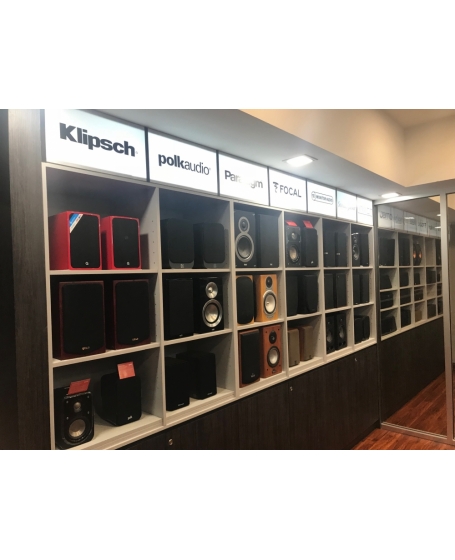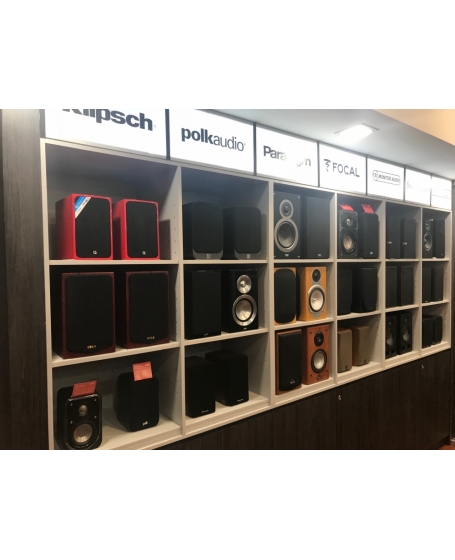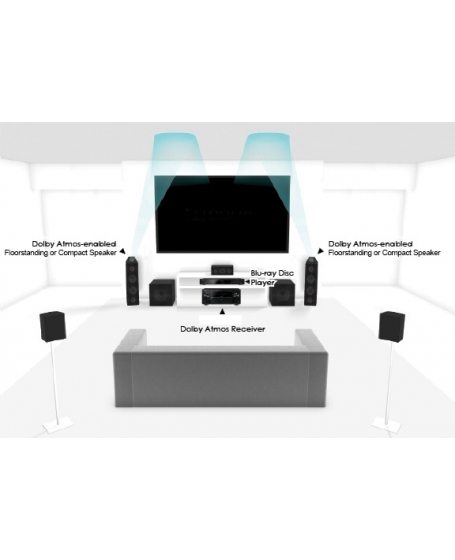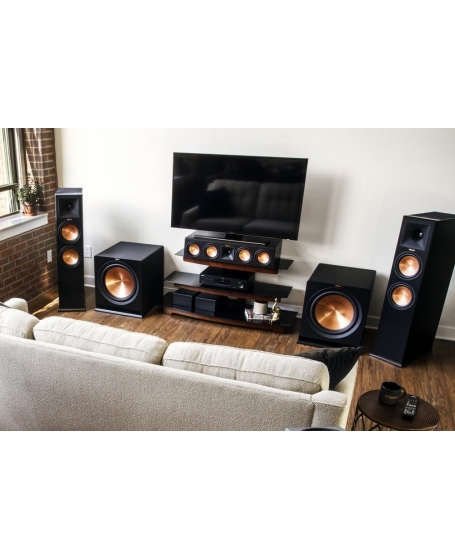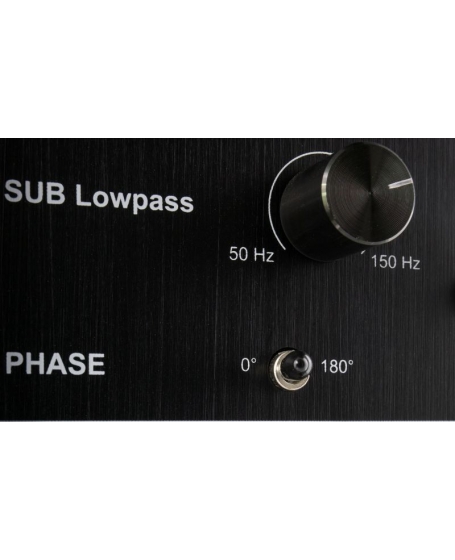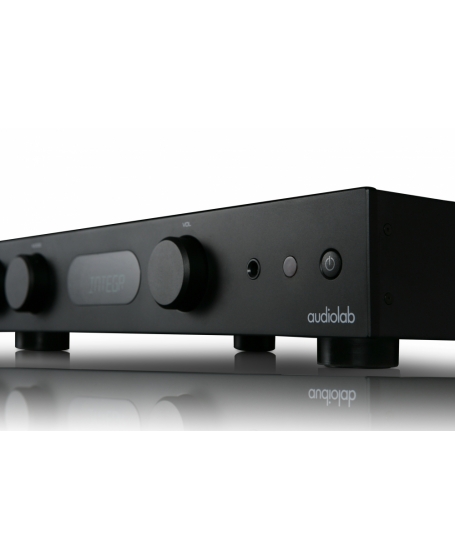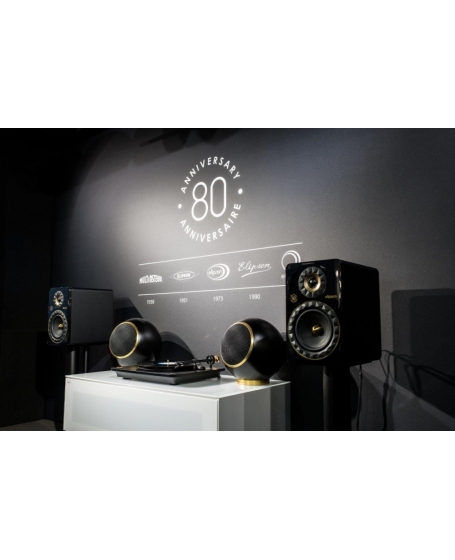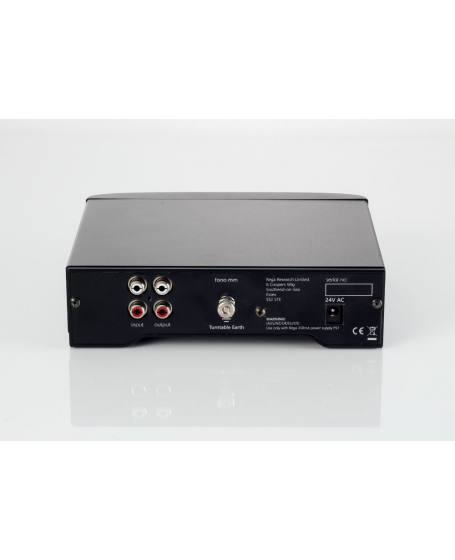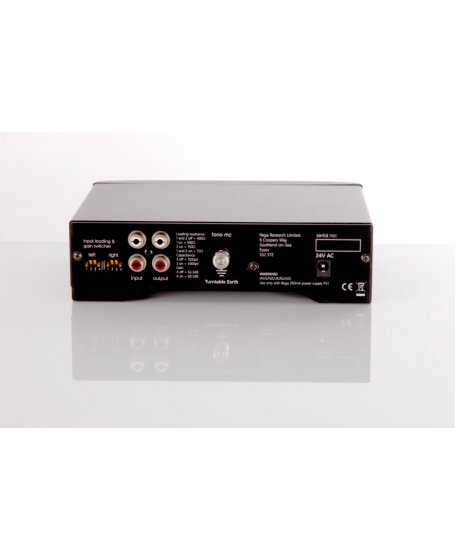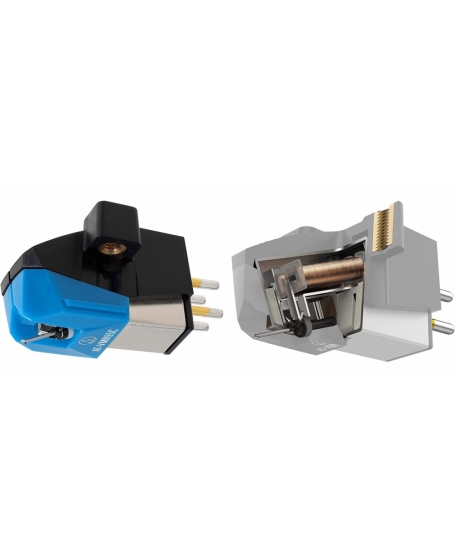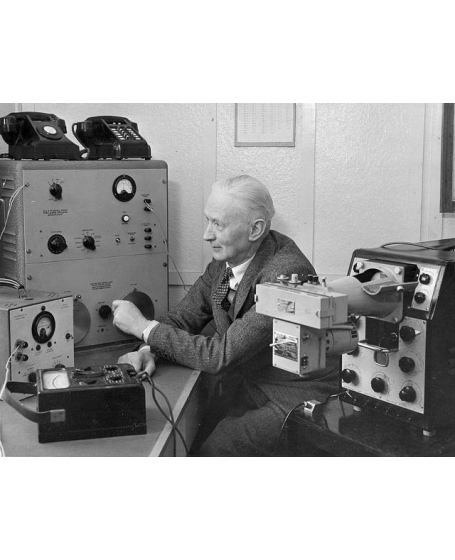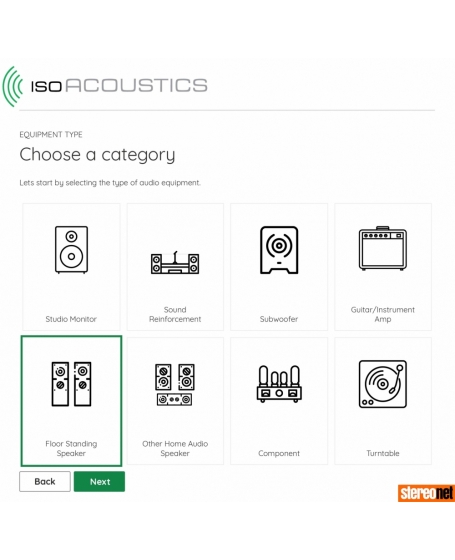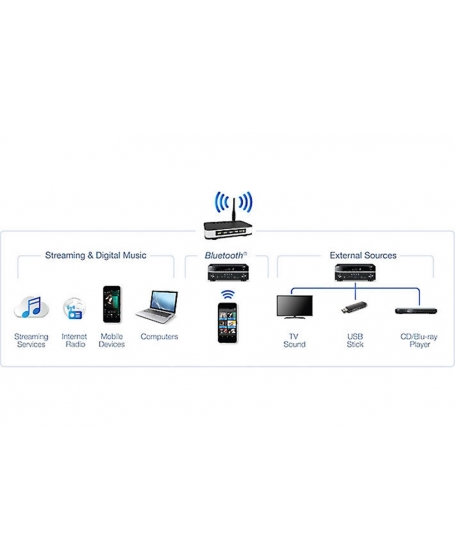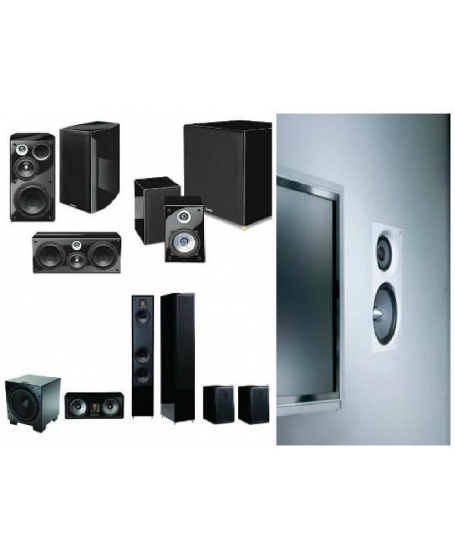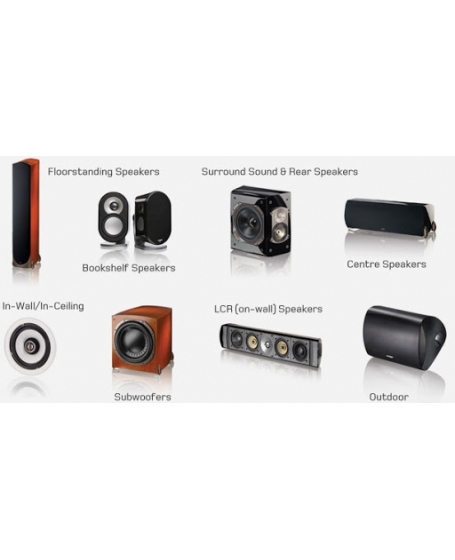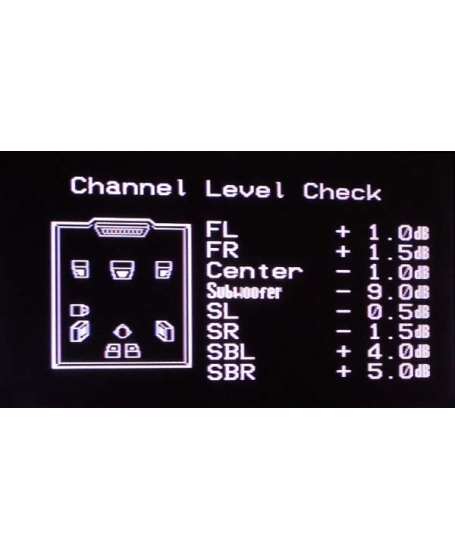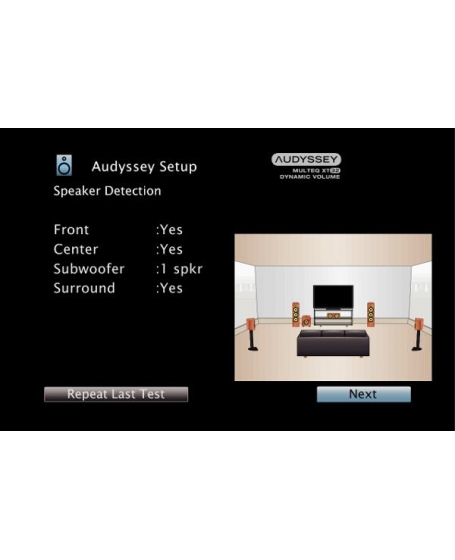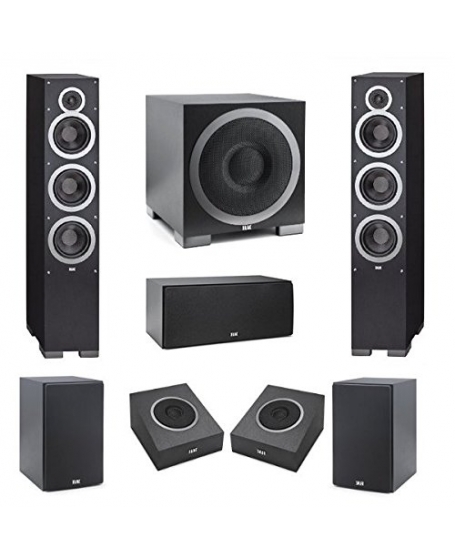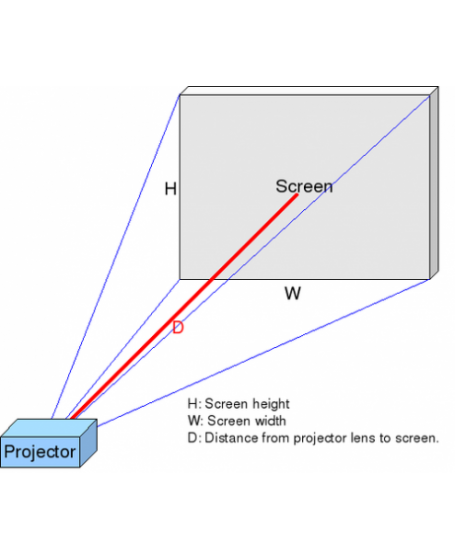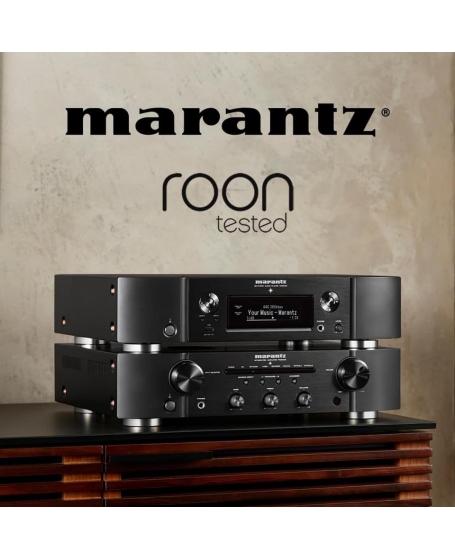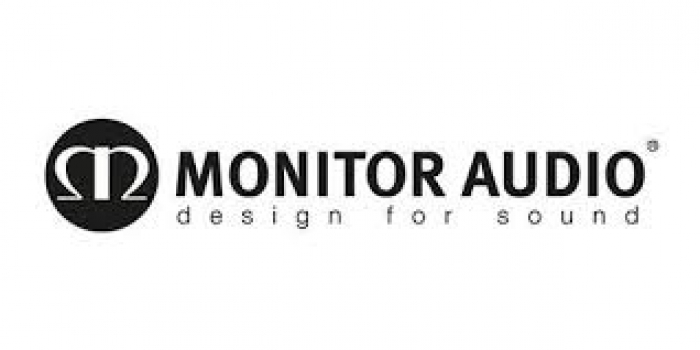How to choose the right speakers
SKU: How to choose the right speakersHow to choose the right speakers, part one: research

It's easy enough to go online or walk into a shop and part with some cash for a pair of speakers, but are they the right speakers for you?
“I couldn’t help it,” Lord Darlington tells Lady Windermere, “I can resist everything except temptation.”
Aside from being one of the finest, most comedically poignant lines penned by Oscar Wilde, and despite it having squat to do with hi-fi, it takes perhaps a wiser man than Darlington to build the optimum sound system.
Having only recently revealed the recipients of this year’s What Hi Fi award, we believe there is no more pertinent a time for us to answer the question: How do you choose the right speakers?
The all-too-seductive urge in this case would be to buy simply the most expensive Award-winner you can afford; after all, if it’s the best we think you can buy at that price, doesn’t it follow that it’s the best for you?
Decide on a budget

We wouldn’t hasten to liken ourselves to estate agents or car salesmen, but in many ways speakers are similarly tricky investments.
Take that approach to every investment and we’d all be travelling to work for 15 hours in our Lamborghinis from our six-bed farm houses in the Outer Hebrides.
In essence, there’s a distinction to be made between the most and, in a more personal sense, the best you can get for your money.
That’s where we come in. And, even if new speakers aren’t your next priority, at least you might enjoy the spattering of loose-fitting metaphors and absurdly tangential analogies over a nice cup of Horlicks.
Having said all that, the biggest decision at the beginning of your pursuit quite predictably concerns how much you’re willing to spend.
We aren’t bidding to act as your accountant here (and we don’t advise you to send your kids down the mine to pay off your purchase), but there are obvious and, hopefully, a few not-so-obvious points to be made here.
Checking product reviews in the magazine or online is a good place to start. Out expert review team will highlight areas to listen out for
The first is that you’ll hugely narrow down your search if you decide upon your budget before seeing what’s out there, rather than the other way around.
But you also ought think about where that budget needs to stretch most.
If you are buying a whole system’s-worth of components, there’s no point spending 90 per cent of your cash on the speakers, only for them to shine an unforgiving light on all the flaws earlier in the chain.
Likewise, if you currently own a system you bought for nothing at a car-boot sale, that grand burning a hole in your pocket might not be best spent solely on a pair of floorstanders likely to have the local council knocking at your door.
But this sword – as with most swords, to be honest – is double-edged. While frugality and prudence are all very well, there’s also a degree of future-proofing to be considered.
If, for example, you are planning soon to upgrade other components in your system, you may have cause to reconsider your budget to allow for speakers with the sonic stretch to reveal those upcoming improvements.
With a little foresight, shelling out a few extra quid now could save you a lot of money in the long run.
Measure your room
The next dreary, yet crucial, task is measuring the dimensions of your room. Firstly, your space may require or restrict you to a certain type of speaker, but it will narrow your search in terms of positioning.
Most speakers require a degree of free space to operate in, so if you can only fit them in close to the wall then you need to consider that during your search.
This needn’t impact the quality of the product you end up taking home – there are plenty of sonically tremendous speakers that won’t mind their backs up close to the wall.
Just remember that you’re dealing with sound waves that will be affected by whatever they encounter at whatever distance.
If a manufacturer suggests you need two metres between its speakers and a wall, best not to try your luck.
Floorstanders or standmounters?

Powerful and assertive, the Q Acoustic 3050s deliver a huge sense of scale
Put your tape measure away, it’s time to contemplate the type of speaker you’re after. As we mentioned earlier, this may be governed to an extent by the size of your room – a cow isn’t going to sleep in a rabbit hole.
You’re going to be looking at either floorstanders or standmounters , sometimes referred to as bookshelf speakers – names that are pretty well descriptive of their stature – or a subwoofer/ satellite combination pushing the lower frequencies through a sub in coalition with perhaps a more easily accommodated pair of main speakers.
As a general rule of thumb, bigger speakers tend to be capable of delivering higher volume levels, better dynamics and more bass, though you shouldn’t just assume that rings true with every product – it’s all relative.
Further to that, have a think about the volume at which you’re actually going to be playing your music. Are whopping great floorstanders going to be wasted on you?
Are those charming little bookshelf speakers going to breathe sufficient life into your party?
Biwired or single-wired?
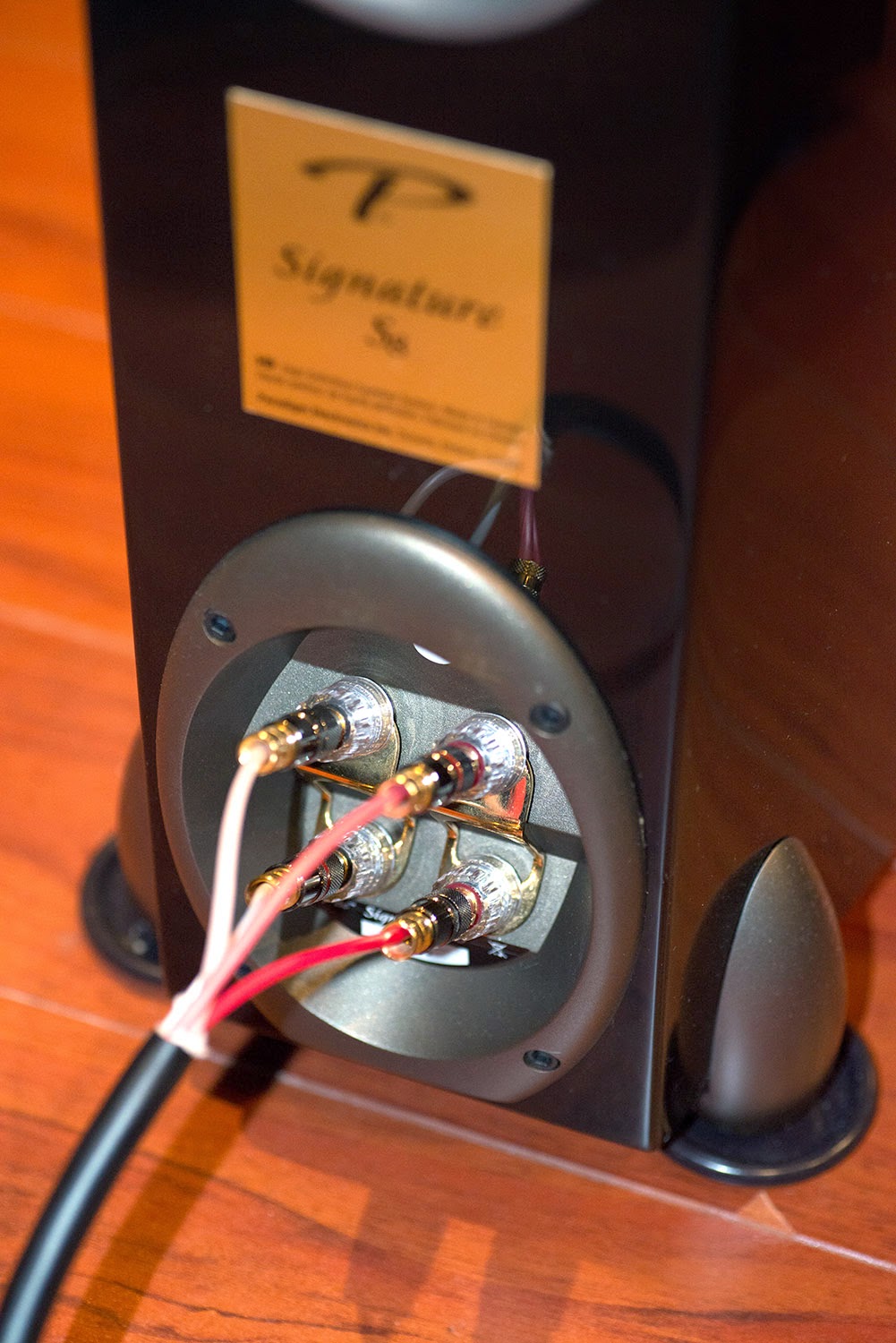
Many speakers nowadays also sport four terminals on their rear for you to plug in your cables, which gives you the option of biwiring.
With a single set of cables, all frequencies are propelled toward your speakers together but, if you biwire using two sets of cables, your amp can drive upper and middle/low frequency signals separately. The aim is a purer sound with superior precision.
It may be the case that your amplifier won’t accommodate biwiring, or simply that you aren’t interested in doing so.
That doesn’t mean for you speakers with four terminals are verboten, they’ll come with conductive links between each pair of binding posts so your music will still reach each driver, but it’s worth bearing in mind that a speaker with only two connectors will remove biwiring as an option in future.
Passive, active or powered?

You also have the option of passive, active or powered speakers.
You’ll find most speakers on the market are passive – this means all the power comes from your amplifier, and the speakers direct the signal to their separate drivers via a crossover.
In an active speaker, on the other hand, the signal is separated into frequency bands before being amplified inside the speaker cabinet, which means the speaker itself requires a separate mains feed.
With two sets of cables, your amp can drive upper/middle and low frequency signals separately for a purer sound with better precision
But not all powered speakers are active. You can, for example, have a powered speaker, which has its amplifier built in but is running the signal through a passive crossover.
That is to say the signal is amplified before being separated into frequency bands and fed to the drivers.
It sounds like the question of whether you add the milk or water first to your cup of tea, but the differences are fundamental.
With active speakers, however, there’s a lot going on. Because the crossovers work at line-level rather than speaker-level, you can use more accurate components, and therefore calibrate with more accuracy.
In addition to that, there is an amplifier per drive unit. And as it is connected directly, with no speaker cable in the way, it allows for more control.
The main downside of this isn’t so much the cost (they are more expensive – though if you consider the cost of a standalone amp to go with your passive speakers, actives often turn out to be better value for money), but that if you want to upgrade your system, you’re going to have to do so with the whole thing.
That’s where you may end up spending more money in the long run.
We usually find better sound can be accomplished more easily using separate components – a source, amplifier, good cables and interconnects, and a separate pair of speakers – but powered/active speakers, if done well, are an obvious exception.
This solution doesn’t suit everyone, nor should it – so if you haven’t the space or desire for multiple boxes in your living-room there is a wealth of gifted powered speakers for you to peruse.
The downside isn’t so much the cost... but that if you want to upgrade your system, you’re going to have to do so with the whole thing
Power handling and impedence

Another word on power: though less of an issue now compared to the days of valves, if your speakers are demanding to drive you’ll need a suitably muscular amplifier to support them.
Don’t just look at the headline power figure, see what happens when the impedance drops to four ohms – if the number nearly doubles then your amplifier has good current delivery and will be capable of driving more demanding speakers.
Aesthetics
Now, here at What Hi-Fi? we make a point of stressing our star ratings are based almost exclusively on a sound-for-pound basis, but it would be awfully ignorant to insist that is all that matters.
The idea of this feature is that, having read it, you’ll be well prepared take home a pair of speakers to cherish until you’re old and grey.
So no matter how great you think they sound, if you can’t stand the sight of them you aren’t going to want to spend hours sitting in the same room.
When listening to music, your other senses don’t suddenly shut down, and there have certainly been products of varying talents we’ve been itching to test as quickly as possible so we can get them back in their box, out of our sight.
Protect your investment
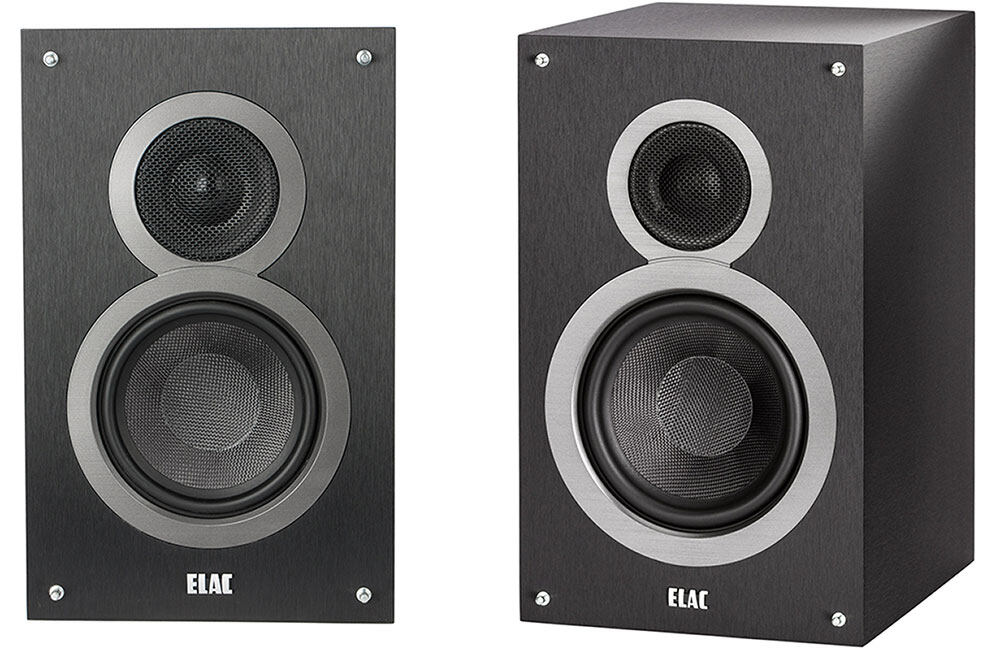
In all likelihood, you won’t be in the same room as your speakers solely when you’re listening to music either – so, as well as making sure they don’t stick out like a gargoyle at a beauty pageant, you might want to think further about the environment you will be keeping your speakers in.
Tweeter protection, in particular, is an important consideration, especially if you have a particularly inquisitive cat or young child.
Metal domes, especially, tend to attract small fingers and paws, and dent easily – we wouldn’t want to be held responsible for your actions when your investment is flushed down the toilet an hour after you get it home.
Thankfully, some speakers come fitted with specific tweeter grilles so you can have the protection but still admire their design.

